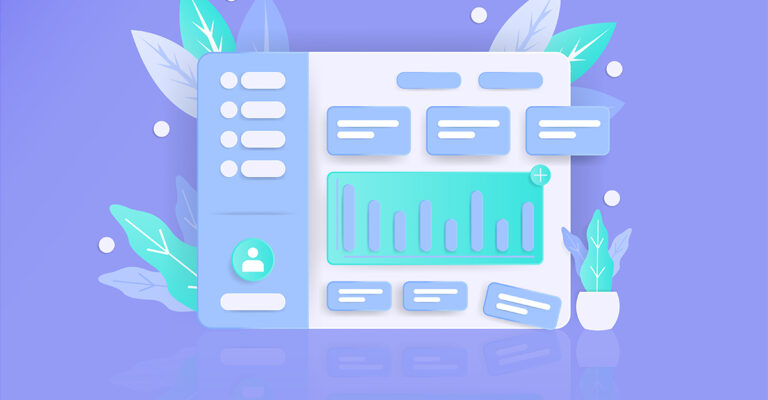As your business grows, you will find yourself dealing with an increasing number of digital assets. Naturally, you will want to connect these new systems and applications with each other. While it may seem like building a new API is in order, hold that thought. Instead, you can easily get away with reusing APIs that you already have.
This article will examine API reuse: why this comes in handy, benefits and potential challenges, and a few things that make reuse cheaper and easier to carry out.
API Reuse and Why You Should Do It
What is API reusability? It is exactly what it sounds like: repurposing the functionality of an existing API to connect different applications or systems. This is in contrast to creating a new API every time you need to integrate things.
Now that we know what API reuse involves, let’s look at why this is a good idea.
For starters, creating a whole new API from scratch takes a good deal of time. Your team of developers could redirect their time and efforts into something more useful for the organization, boosting overall productivity. Moreover, if you build a new API for every integration project, you will have countless APIs which leads to more time-consuming and painstaking governance and maintenance across their lifecycles.
Reusable APIs are also useful if your enterprise consists of a wide array of databases that aren’t connected to each other. Making new APIs for each of your databases will be more trouble than what it is worth. This is especially true if your employees utilize information from various databases and systems on a regular basis.
Other benefits that come from reusing APIs include:
| Increased productivity | -Reusing APIs boosts employee productivity -Resources are liberated and can be reallocated where they are really needed -IT projects are delivered much more quickly when compared to building and using a new API |
| Cost Saving | -Building a new API requires money, time, and resources -There is a dramatic drop in development costs as there is no need to build server-side software |
| Decreased Security Risks | -Reusing APIs allows you to control who has access to your digital assets -A smaller number of APIs makes it easier to spot abnormalities and vulnerabilities in your systems. |
| Fewer Disruptions | -Moving applications to different servers can be complicated with various APIs, leading to disruptions -With API reuse, disruptions are kept to a minimum, and in some cases, may not occur at all. |
Reuse: It’s Not Just for APIs
If you’re looking for other ways to cut down development costs and time-to-market, reusing APIs isn’t your only option. Reuse goes well beyond just APIs; you can also reuse things like RAML fragments as well as accelerators like connectors and templates.
Developing APIs becomes much easier when working with reusable components like connectors. MuleSoft has countless unique connectors and making use of reusable connectors results in faster results and simplifies the project at hand for developers.
However, reusability goes perfectly hand in hand with templates. Reusable templates are an extremely useful aspect for developers, especially for beginners as it allows them to undertake integration projects. Templates also make use of the best practices and provide much-needed consistency when creating APIs.
Issues Faced When Reusing APIs
There are a couple of challenges that can stand in your way when adopting reusable APIs. These include things like overly complex integration processes, security risks, and even limited scalability. You can easily sidestep these issues by choosing the correct platform with all the features that you will need.
Your selected platform should allow you to easily integrate with the databases you need, offer live documentation, and plenty of security options to keep your data protected at all times.
Conclusion
API reuse was always useful, especially now, when the need for productivity and cost-efficiency is at an all-time high. Reusing APIs, accelerators, RAML fragments, and other components is the best way to make sure your organization saves time, money, and frees up valuable resources. More importantly, perhaps, it creates an infrastructure that is agile and adaptable to change.





